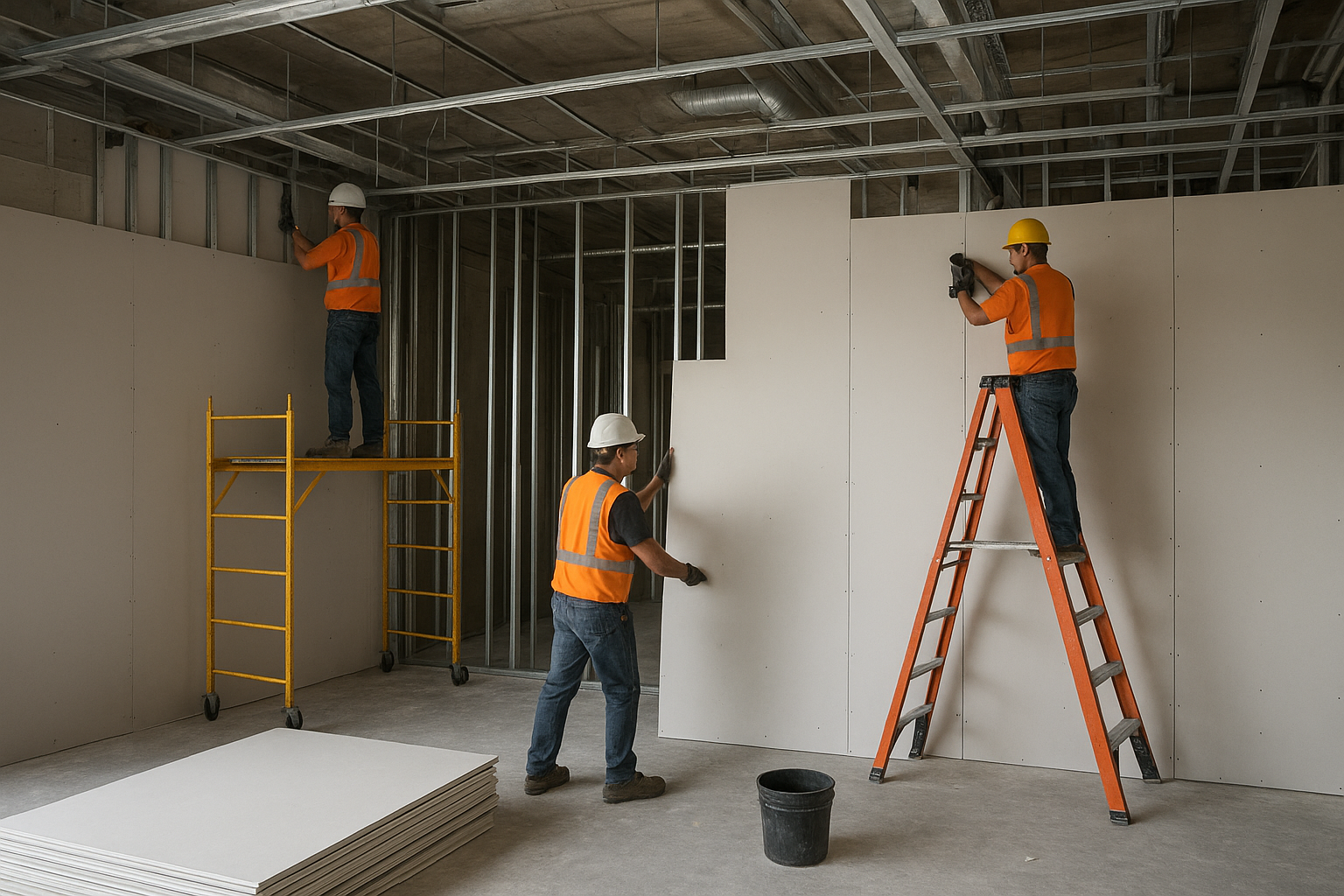
Finishing levels in drywall systems are not merely aesthetic considerations—they’re financial drivers that impact both labor intensity and material usage. For architects, engineers, and general contractors, understanding the cost implications of each finish level is crucial for budgeting, scope development, and managing client expectations. From Level 0 to Level 5, each step adds complexity and time to a project, with misalignment between design intent and estimating often resulting in costly change orders or scope disputes.
There are six recognized levels of drywall finish, as defined by industry standards. These are often specified by design professionals and are used to set expectations for appearance, paintability, and performance. Each level corresponds to a specific set of tasks and materials, and more importantly, affects pricing significantly.
As finish levels increase, so do labor, material costs, and the need for experienced installers. Here’s how these levels stack up in terms of cost:
Accurate takeoffs and finishes require estimators to align early with designers. A best practice is to clarify the following at the start of the estimating process:
Using Active Estimating helps estimators incorporate these variables in real time, offering side-by-side comparisons and scenario modeling to assess the impact of finish level changes. This allows for proactive dialogue with stakeholders before the numbers become contractual commitments.
One area that leads to surprises is how lighting and color choices affect surface perception. Glossy paints and wall washing lights can highlight every imperfection—making Level 5 a must, even if initially spec’d lower. Estimators should document lighting plans, paint types, and ceiling heights to adjust assumptions appropriately.
Projects that require flexibility in design or have client involvement late in the preconstruction phase are ripe for finish level misunderstandings. In such cases, estimators should:
One of the critical steps in controlling finish-related costs is integrating assemblies directly into your estimating software. With drywall estimating software, estimators can pre-define labor multipliers, material waste factors, and production rates per finish level. This creates transparency in pricing and allows project teams to visualize tradeoffs clearly.
Finishing level decisions are often underestimated during design, but their cost implications ripple across schedule, labor, and final quality. An estimator who recognizes this dynamic early and communicates options clearly becomes a trusted advisor—not just a number cruncher. By standardizing finish level assumptions and integrating cost data into a dynamic platform, you ensure budget predictability and client satisfaction from bid day to turnover.
Contact Information:
Active Estimating
508 2nd Street, Suite 208
Davis
California
95616
Rich Schoener
richard@activeestimating.com
(877)
Schedule a personalized demo to see how Active Estimating can work for your specific needs.
